CBS ColecoVision Repair and VDC Upgrade with Pico9918
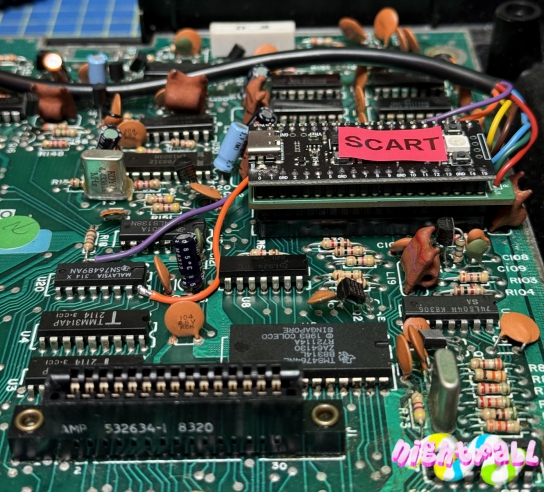
I received this console to made a repair and a video chip upgrade.
The repair:
The failure appeared as a malfunction of the Joystick inserted in port #1 of the console. This problem is absolutely not new to this console.
The failure is due to the 74LS541 IC which, in addition to being uncommon (it is rarely used), is very sensitive to electrostatic electricity, consequently if you try to connect the joystick with the console turned on, the probability that it will fail is very high.
I preferred to replace with a socket for both IC, one for each joystick port, because the probability of a future failure remains very high.
Video Chip Upgrade:
I would like to point out that this CBS ColecoVision model does not have native RGB video output but only RF.
It was possible to do the Composite Video mod but since in recent months the good Troy Schrapel has released on github the Pico9918 project that completely replaces the TMS9918A video chip and the Video RAM with a very low cost i decided to do the replacement.
This Video Chip are used in many consoles and computers including the CBS ColecoVision.
The Pico9918 can be configured using a different firmware to output in VGA or via SCART RGB.
I obviously chose the RGB SCART output, the installation is quite simple, you have to unsolder the TMS9918A, insert a socket and at this point you can insert the pre-programmed Pico9918 and connect the R-G-B-GND-SYNC (H/V) signals, optional you can completely remove the PCB with the RF modulator.
The wires that you see soldered directly on the ColecoVision motherboard are for the AUDIO output (purple wire) and for the 5v (orange wire) the 5v are for the RGB switching of the TV.
The connections inside the scart connector are as follows: the 5v go to pin 8 and then via a 150ohm resistor to pin 16.
Also as you can always see from the photos i put some adhesive tape on the metal cover at the height of the Pico9918, i did it only for my personal paranoia, the metal does not touch the Pico9918 but better to be safe :-D
Gallery of the repair and upgrade:
source: github.com/visrealm/pico9918































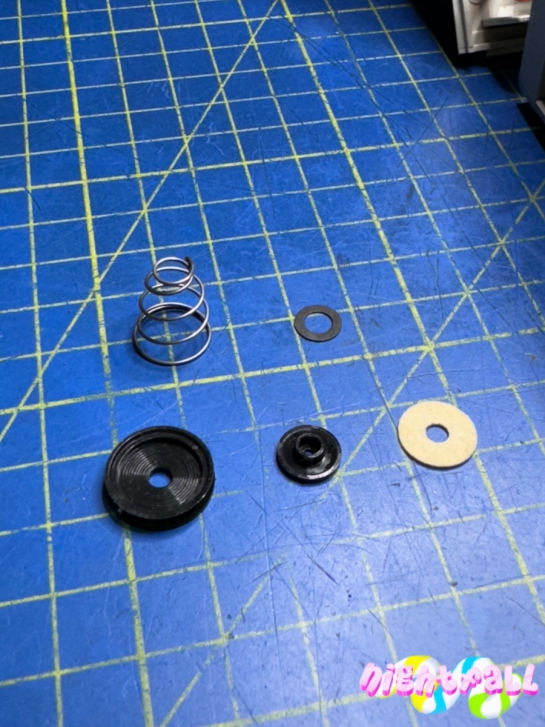




























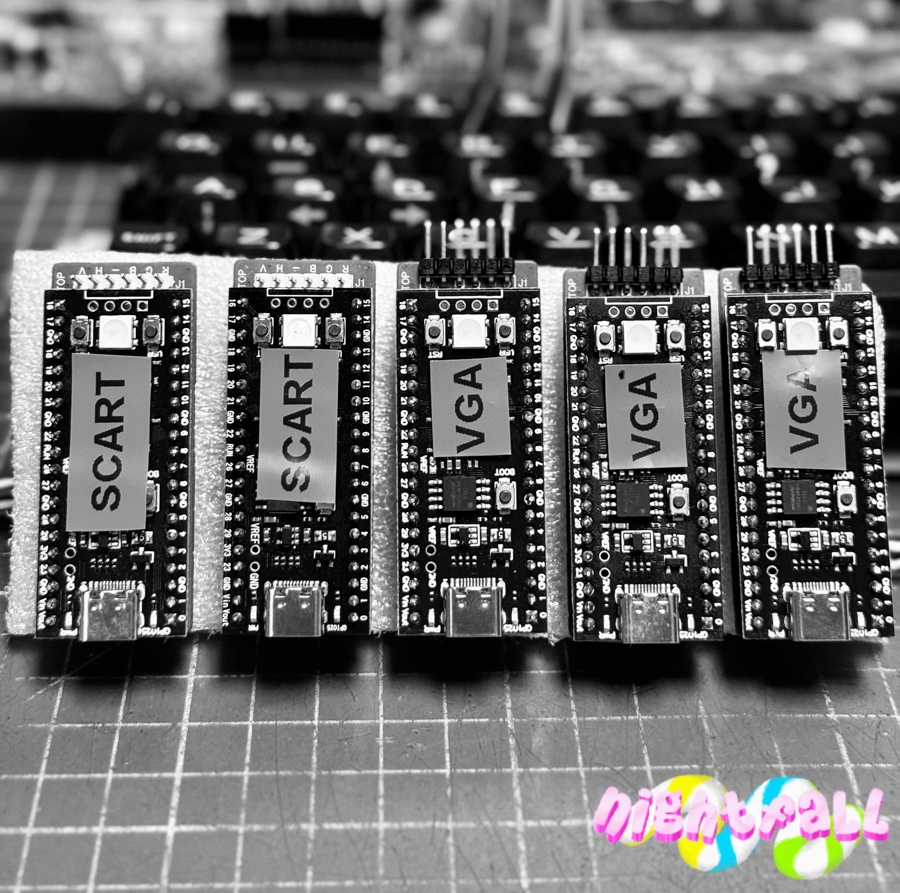















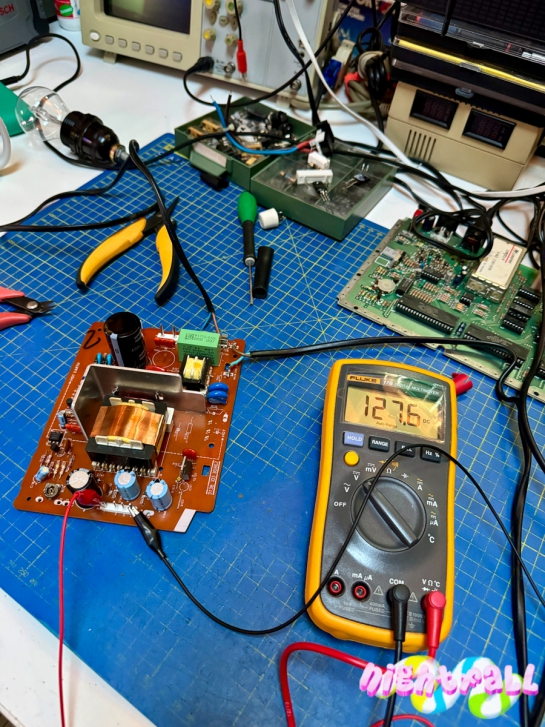


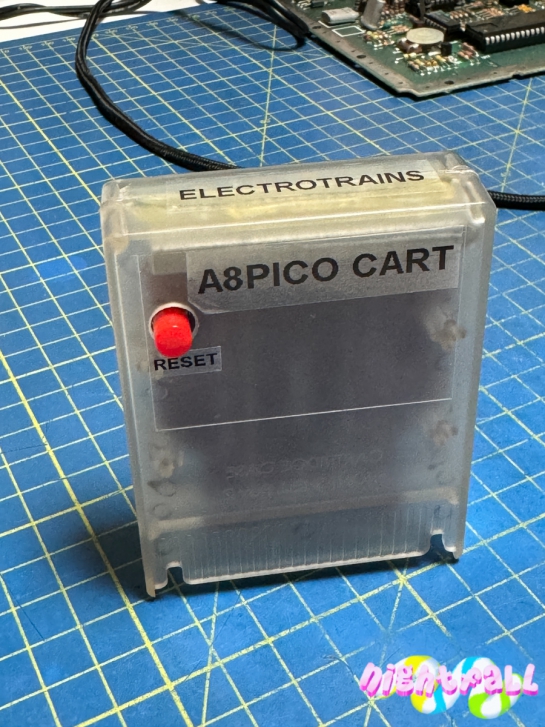






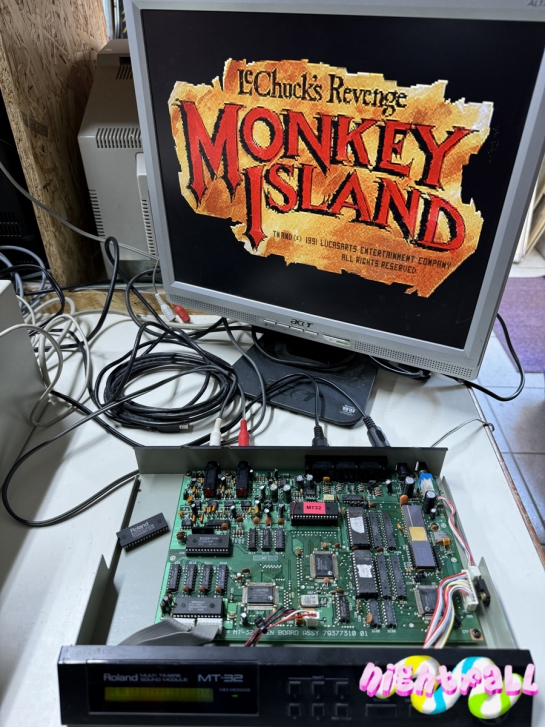





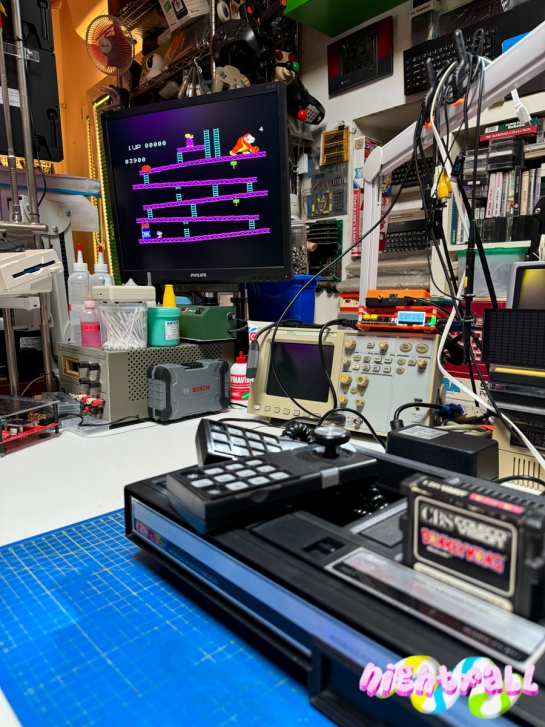















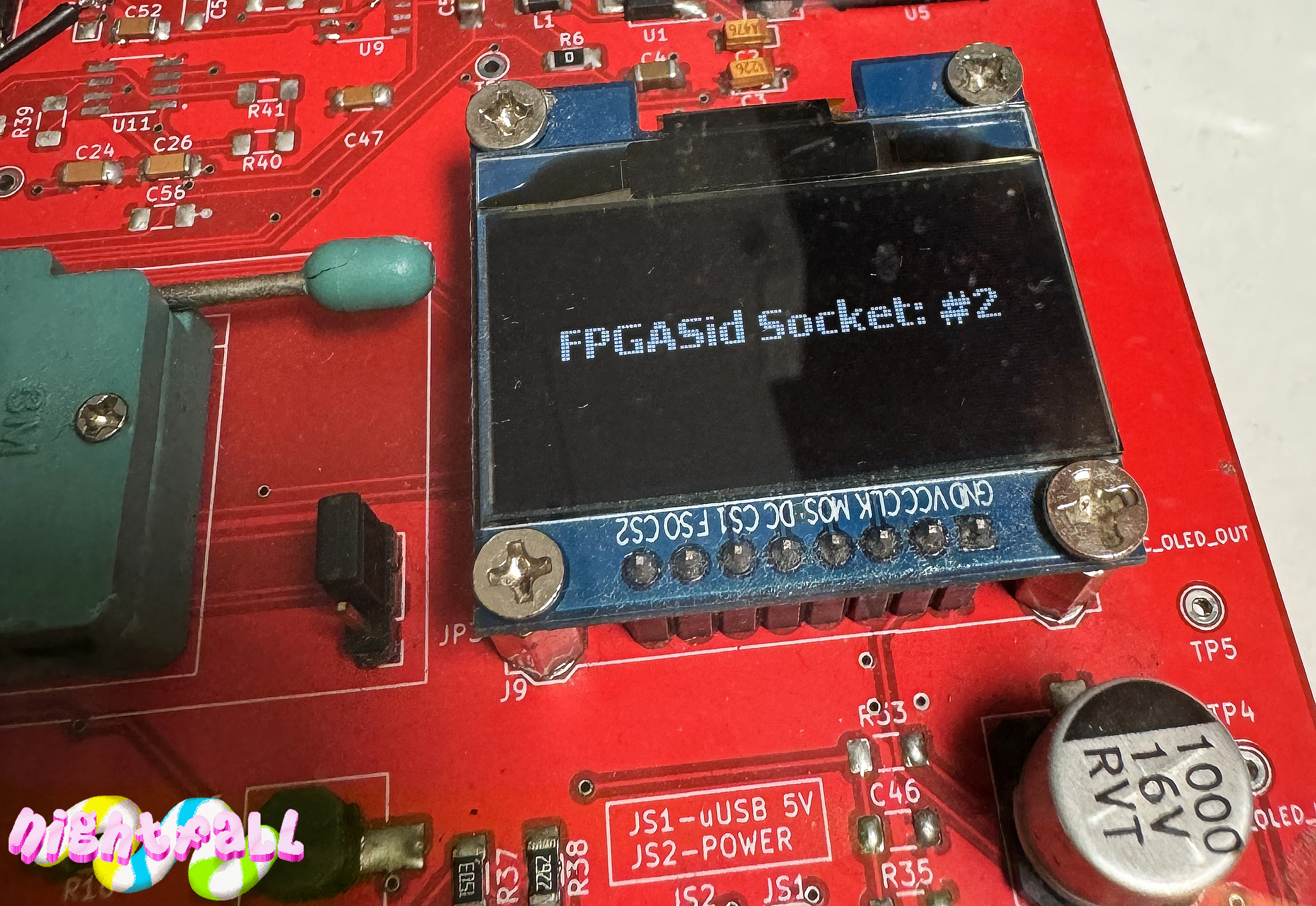
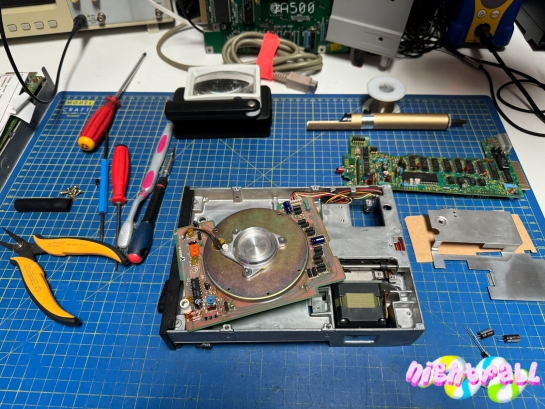











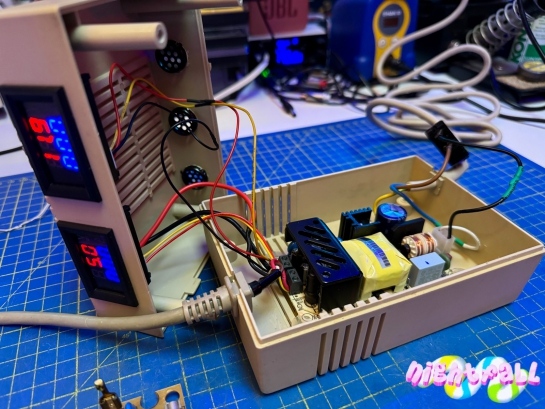

























Recent Comments